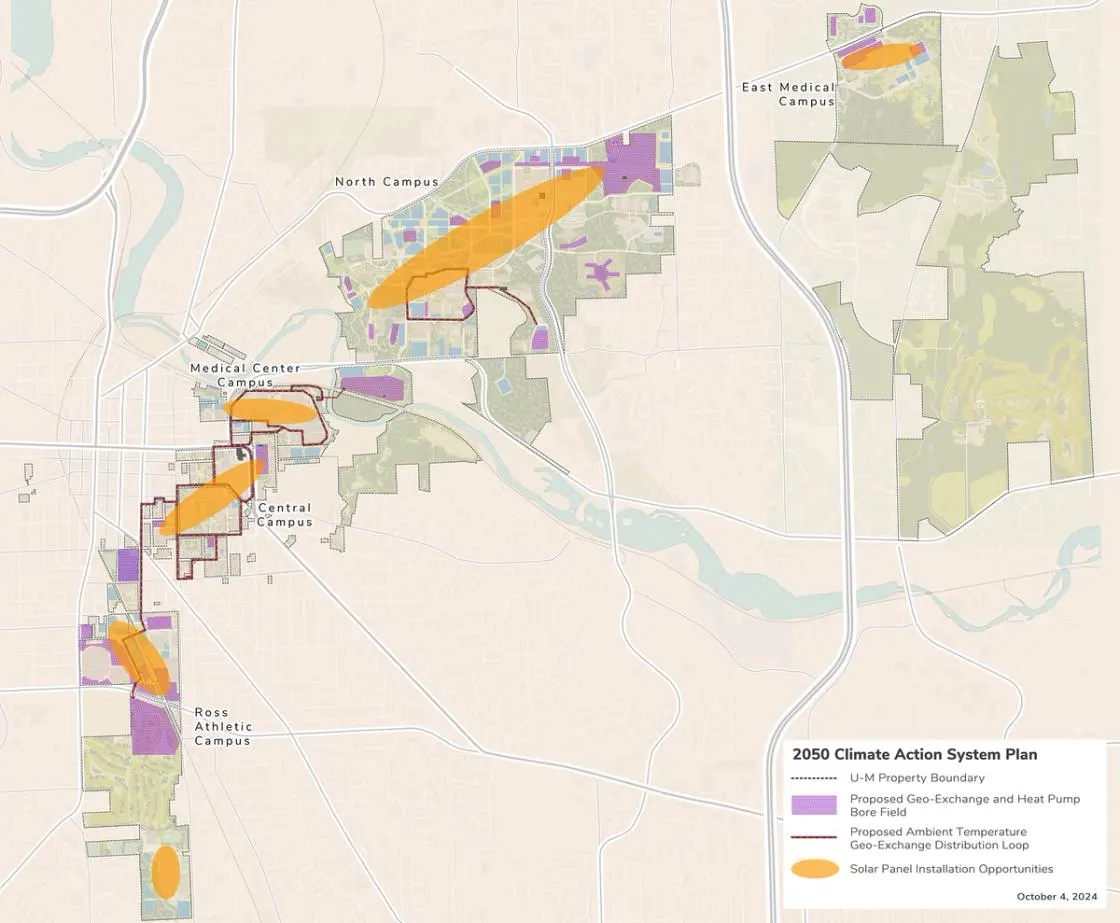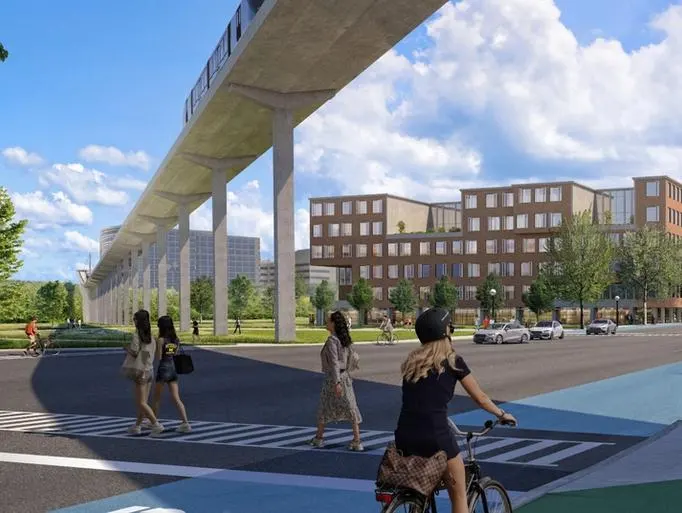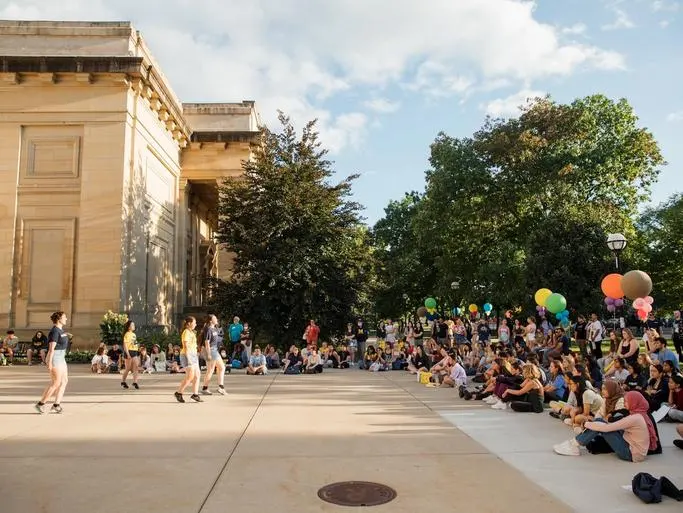Climate Action

The climate action system plan provides recommendations for on-campus geo-exchangeand ground source heat pump infrastructure. It integrates decarbonization and land-based recommendations responsive to the climate action and sustainability goals and initiatives of the university. Through these changes, significant opportunities exist to make the U-M campus a “living lab” for learning and research, and to support the climate action, sustainability, and environmental justice impacts of U-M.
The plan supports U-M’s sustainability and climate action goals by the large-scale installation of geo- exchange fields and ground source heat pumps to meet the heating and cooling needs of campus facilities and significant installation of solar PV infrastructure across all campuses to help meet electricity needs from renewable sources of energy.
Carbon Neutrality Goals:
2040 — eliminate direct, on-campus greenhouse gas emissions (Scope 1).
2025 — reduce emissions from purchased power (Scope 2) to net zero.
2025 — establish goals for a wide range of indirect emission sources (Scope 3).
Building Performance
In addition to renewable energy, Campus Plan 2050 recommends deep energy retrofits on many existing buildings across all campuses beginning with those buildings utilizing the most energy, particularly heating, or for which renovations are planned.
Sustainable Infrastructure
The framework integrates geo-exchange and ground source heat pump infrastructure, solar photovoltaic installations, and building improvements in support of the university’s climate action and sustainability goals, notably the goal of decarbonizing the campus by 2040. The plan involves significant integration with new interconnected systems, necessitating broad compatibility across various sub-campus areas. This will require robust coordination and thoughtful sequencing of development.
Geo-exchange
Campus Plan 2050 identifies candidate locations for large-scale geo-exchange bores and ground source heat pumps on the North, Ross Athletic, and East Medical campuses where larger tracts of land are available to meet existing and future heating and cooling needs. It also identifies land in Mitchell Field to partially address the needs of the Medical Center Campus.
The Central and Medical Center campuses lack the unencumbered land required for large-scale geo- exchange fields. Limited opportunities exist at Palmer Field, Regents Plaza, Phase II of the Central Campus Residential Development (South Division Street),
the redevelopment of North Ingalls, and other select locations on Central Campus; however, none of the sites are large enough to meet the full heating and cooling demands of these campuses. The plan recommends exploring new and emerging technologies and practices related to geo-exchange and piloting these approaches on campus. These strategies could involve drilling boreholes beneath or adjacent to buildings and employing innovative drilling techniques, such as pyramid drilling, which may enable geo-exchange installation with a reduced surface area requirement.
The recommendations for decarbonizing campus heating/cooling and energy systems on the Ann Arbor campus include technologies and physical locations for district scale infrastructure, distribution networks, and building investments for realizing U-M’s greenhouse gas emission reduction commitments:
- Eliminate Scope 1 on-campus greenhouse gas emissions by 2040.
- Eliminate Scope 2 greenhouse gas emissions by 2025.
The proposed infrastructure concept for Campus Plan 2050 is often referred to as a “5th-generation district heating and cooling system.” It is a decentralized network with efficiencies that are new to district energy systems; it allows energy flow among buildings and within them, reduces distribution system size and associated losses, and replaces the historic use of steam to heat buildings with low temperature heat sources. Campus Plan 2050 integrates geo-exchange bores and ground source heat pumps in existing and proposed open spaces, under recreation fields and parking lots, and potentially under future buildings and parking structures.
The decarbonization strategy for Campus Plan 2050 emphasizes immediate actions to align infrastructure and building investments with the university’s carbon neutrality goals. Key to this recommendation is the adoption of 5th-generation systems, known for their efficiency, particularly for North Campus, Ross Athletic Campus, and East Medical Campus. Smaller locations, such as Regents Plaza and Palmer Field, are potential sites on Central Campus. While implementing 5th-generation systems on Central Campus and the Medical Center Campus might be feasible, the high density and energy demands in these areas warrant further investigation due to the limited availability of geo-exchange bore sites within the campus boundaries.
Significant investment in reducing building energy demand is also a core recommendation of the plan. This will be achieved through energy conservation projects in existing buildings and converting heating systems to use low-temperature hot water instead of steam, integrated with scheduled building renovations.
Next Up:
-

Transit
The plan takes into consideration existing transportation infrastructure and identifies future project priorities and/or directions that will help the university coordinate multi-modal improvements and achieve an integrated system.
-

Campus Arts
Campus Plan 2050 is envisioning a campus canvas for the arts.
